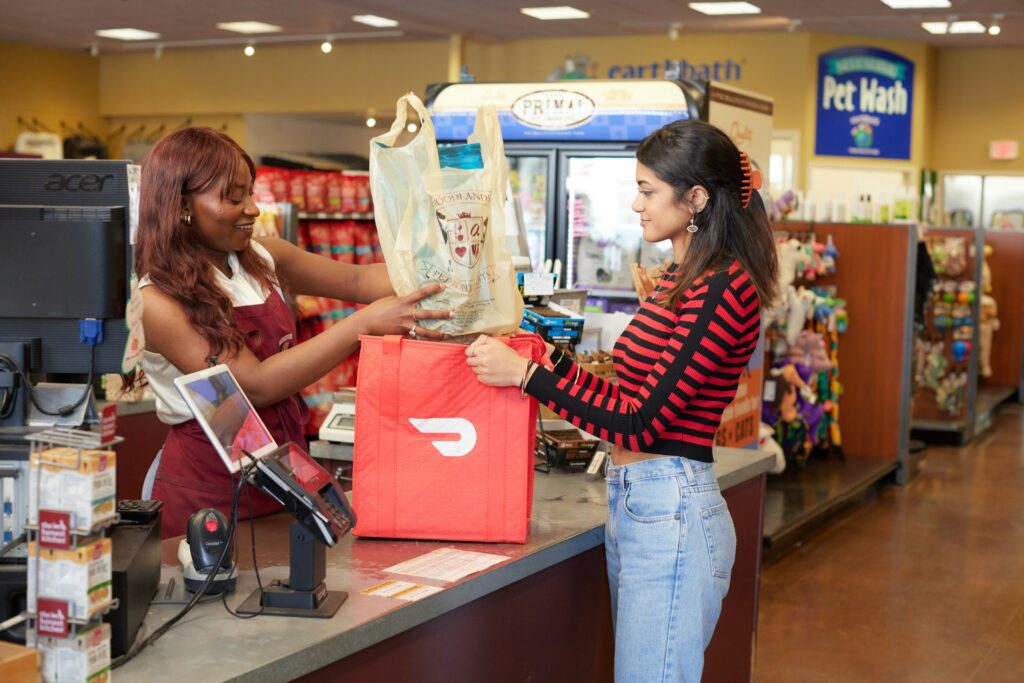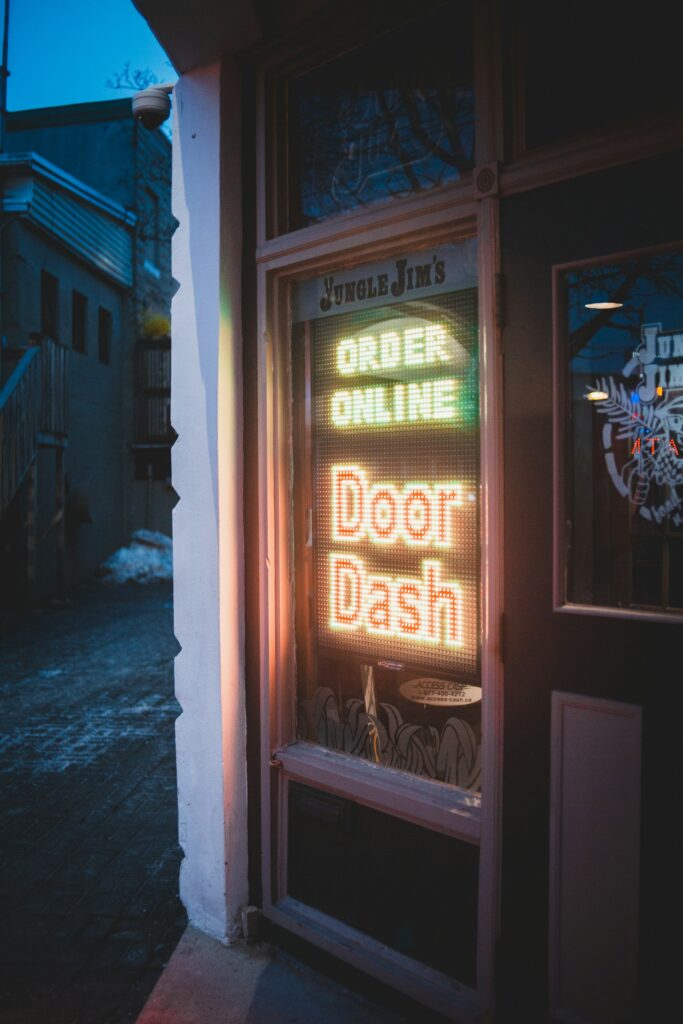The food delivery bubble is bursting. It couldn’t be otherwise because the conditions on which the market relies are becoming unsustainable. Ordering dinner via smartphone while sitting comfortably on the sofa has become a habit for many people. During the long pandemic0 months when we were forced to stay indoors without going out, even many sceptics started to try and like food delivery. With the fierce competition between start-ups waging war to lower the price of deliveries, the number of people converting to food delivery grew by leaps and bounds, leading to a steady increase in riders and business. Everyone was happy until the system jammed because riders who offered their time to walk, cycle, scooter or drive to customers’ homes had to pay, not be exploited.
The drivers’ struggle occurred globally, and more than a few decided to respect their dignity by raising their wages. In several cases, the law has intervened to regulate a job that still lives by an unstable classification: some consider themselves self-employed, others as employees of companies. The European Union has given the green light to a directive to remedy the contractual situation of those working for home delivery platforms.
However, the text is at a standstill in the European Council, with member states having two years to incorporate the directive’s provisions into national legislation. It should be remembered that there are around 40 million riders in Europe. Where regulations are travelling faster, there has been an anticipation of a future that is of great concern to the food delivery giants and their investors. Although on the rise during the COVID-19 years, platforms continue to burn billions while remaining far from break-even.
Domino effect after the riders’ hourly minimum wage
The winds of crisis were felt strongly in New York and Seattle, two cities that introduced a minimum hourly wage for riders. A step that generated an unexpected chain reaction, at least in size. The increase in delivery drivers has led to a concomitant rise in food prices, which in turn has greatly reduced customer orders.
The end result is a collapsing business, with restaurateurs more careful about managing their finances and riders out of work. A few numbers help us to understand better: with the hourly wage of the riders having risen by law from an average of $5.39 to $19.56 (excluding tips), the cost for a burrito or a burger has almost doubled to close to $40 compared to $20 in the past. It goes without saying that the entire food delivery chain cannot stand under these conditions.




The instant reaction of the platforms was to raise prices, so Uber Eats in Seattle raised the delivery cost to $4.99. The problem is that it then recorded a 45% drop in orders. Since the trend in New York has been almost identical, the general fear is that the time has come for food delivery to end. Or of a new beginning, with a pact between the parties to respect the dignity of the workers on the one hand and maintain the convenience of receiving a hot dish for dinner right at the doorstep on the other.
Food delivery
According to Uber, to comply with the new laws without sinking, it is necessary to distribute a specific number of riders on different shifts, a condition that would contrast with the flexibility on which the work of delivery drivers is based.
However, the drastic drop in orders convinces the latter that perhaps this point needs to be reconsidered because some have suffered a 50% drop in work, while more than a few have abandoned their jobs or moved from Seattle and New York.
Against the backdrop of this battle, it should be kept in mind that between the US and Europe, the food delivery market has accumulated more than 20 billion operating losses since the four major companies went public. From Deliveroo to DoorDash, via Just Eat Takeaway and Delivery Hero (Uber Eats is not considered because Uber does not provide data only on its food division), the race at the moment is on who burns the most money. With investors angry and waiting for a change of gear that is currently not in sight.



